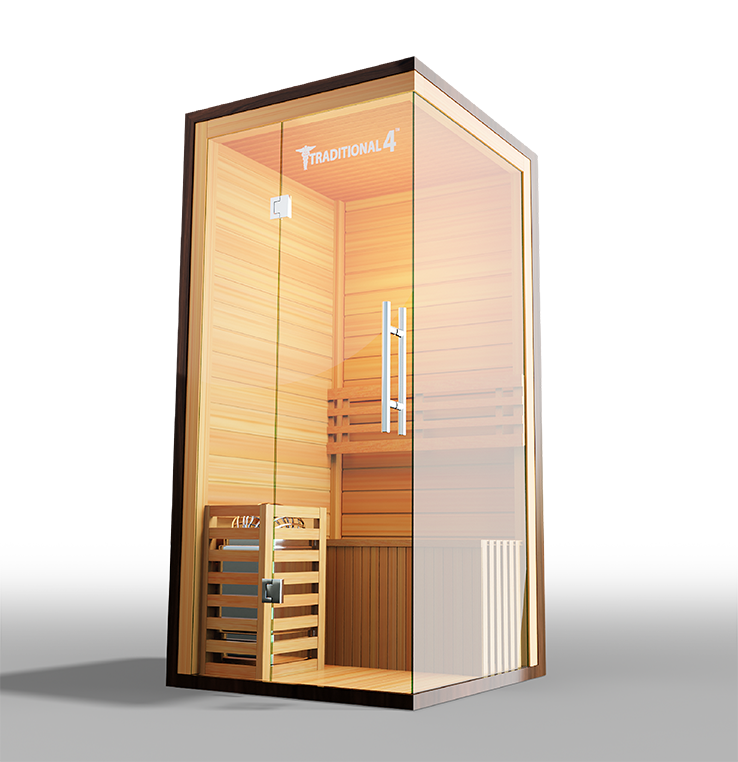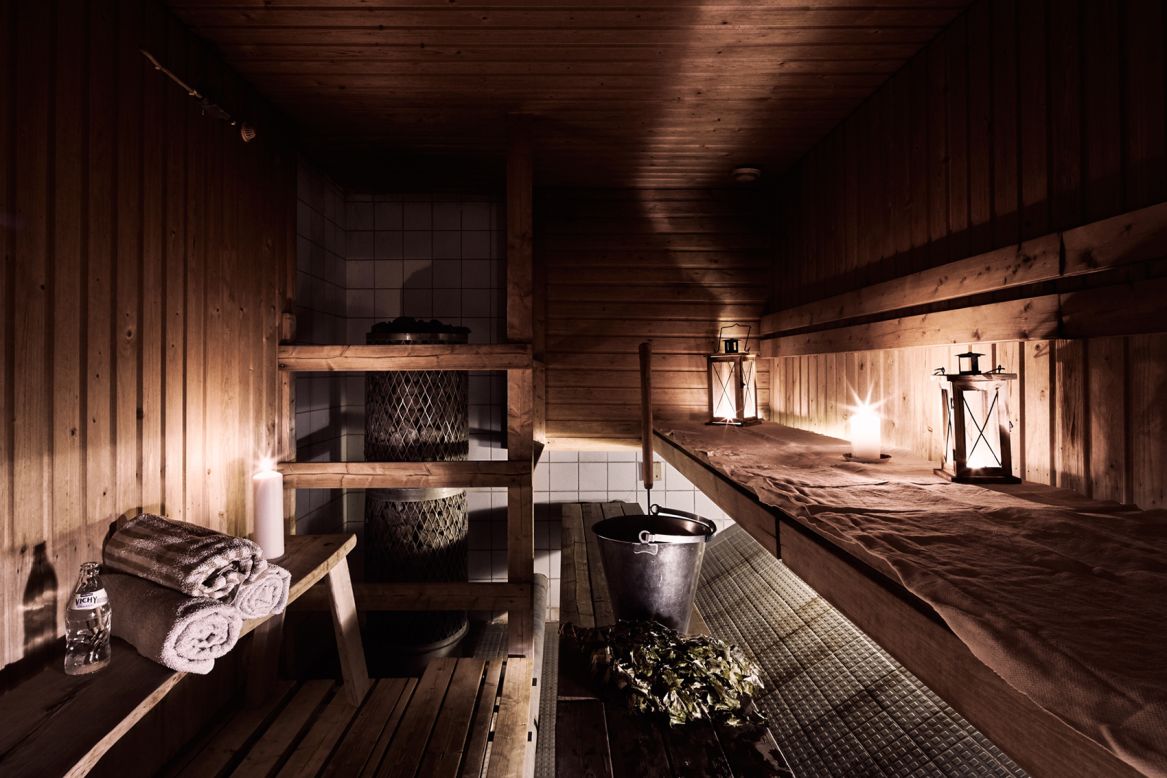Examine This Report about Traditional Sauna
Table of ContentsThe Single Strategy To Use For Traditional SaunaSome Known Details About Traditional Sauna The Best Guide To Traditional SaunaThe Basic Principles Of Traditional Sauna Some Of Traditional Sauna
A lot of the weight shed in a sauna is water loss and is re-gained upon rehydrating. Without a doubt sauna can be an important part of a healthy weight loss program. To check out the differences between typical and IR saunas, I will certainly separate these into proven, theoretical, and fabricated differences.Therefore, the hottest factor in the saunawhich is at the ceiling straight over the sauna heateris typically between 185 and 190 F. Claims that a standard sauna surpasses 200 F is simply not true and not relevant for electric saunas sold in the United States. The temperature level for a far-infrared sauna is usually set in between 120 and 140 F; however, unlike the traditional sauna, the objective in and IR space is not to accomplish a heat.

When a standard sauna has been appropriately heated up, the sauna wall surfaces are warm, the air temperature level has achieved set temperature level and the rocks are super warmed. As a fascinating side note, the heated wall surfaces and the rocks are releasing far-infrared heat, integrated with the warmed air, to develop an "wrapping up warm".
Traditional Sauna Can Be Fun For Anyone
When the high temperature level is accomplished, the elements cycle on and off to keep the high temperature. The majority of standard sauna individuals enjoy putting water over the rocks to develop steam to raise sauna humidity degrees. The advantages of putting water over the rocks include: making the space much more comfy, dampening the nasal passages, and allowing the use of aromatherapy by blending essential oils with the water.

When the energy gets in the body, it creates the body temperature level to raise and inevitably causes sweat. In an infrared sauna it is essential for the emitters/heaters to continue to be on nearly regularly. Considering that there is no mass of rocks to maintain warm, the sauna will cool if the emitters closed off.
Examine This Report on Traditional Sauna
As mentioned over, the sauna bather useful content in an infrared space desires to place himself in front of running emitters to get optimal benefit from the warmth. The heating time for both spaces can be really different, relying on exactly how the rooms are made use of. For a standard sauna, a bather needs to allow 30-40 mins for the room to attain a desired temperature level and to correctly pre-heat the rocks.

A well constructed sauna will usually attain a temperature of 150-160 F in about 30-40 minutes. For you can check here hotter temperature levels, the area might require to warmth for a longer period.
To some, 15 minutes was "squandered" while the infrared energy heated up the timber panels instead of heating a body, while others find a read the full info here pre-heated room to be much more comfortable and believe an elevated starting temperature is required to begin perspiring. The length of recommended use for each room is roughly the same (10-15 minutes per session); however, due to the lower air temperature levels and the capacity to really feel the results of infrared warm faster than a standard sauna, it is not uncommon for a person to invest a total amount of 20-30 mins in an infrared sauna.
Not known Facts About Traditional Sauna

The average price per kWH of electricity in the U.S. is about $0.11, so a 4.5 kW heater will certainly set you back roughly $.50 to compete one hour, if the heating system runs continuously for one hour. Commonly a sauna heater will compete 75% of the initial hour and 50% of subsequent hours on because the components cycle once the set temperature level is achieved.
A 2 individual far-infrared area is usually literally smaller than a typical sauna, typically about 4' x 4' or smaller sized. The IR heater is commonly 1.5-1.7 kW using a 120 volt 15 amp plug-in service. Because the space can be utilized quicker than a sauna room, we will certainly presume the space is made use of for to of an hour consisting of warm up time.
Ultimately, there is a rarely talked about distinction in the social experience in between both areas. While our society has actually shed a few of the social advantage of the standard sauna experience, it can be really socially fulfilling (Traditional Sauna). From family members time in the sauna, to heart-felt discussions with better halves, to sauna partiesthe typical sauna experience can bring about intimate mingling
The Basic Principles Of Traditional Sauna
Many greater end infrared spaces consist of colored light treatment, sound systems and full-glass fronts.
Comments on “Traditional Sauna - An Overview”